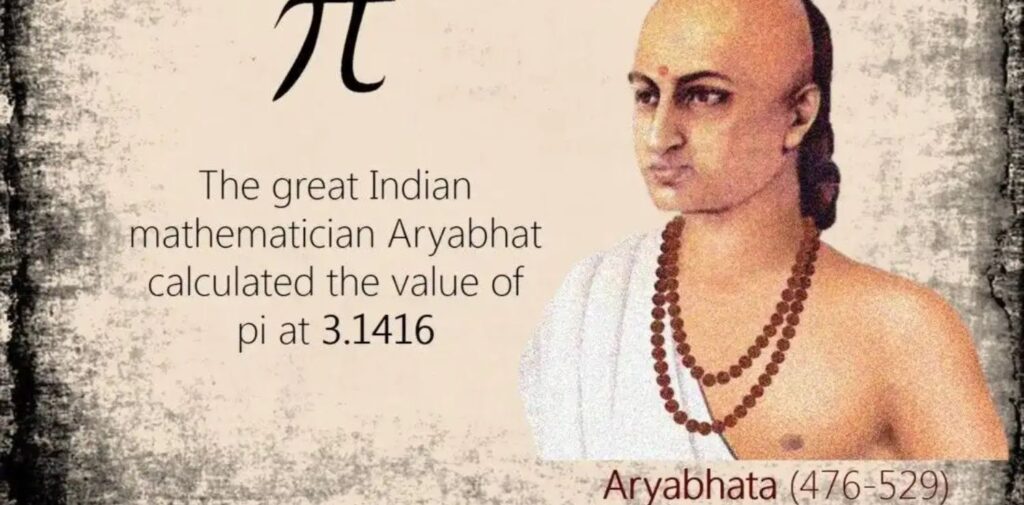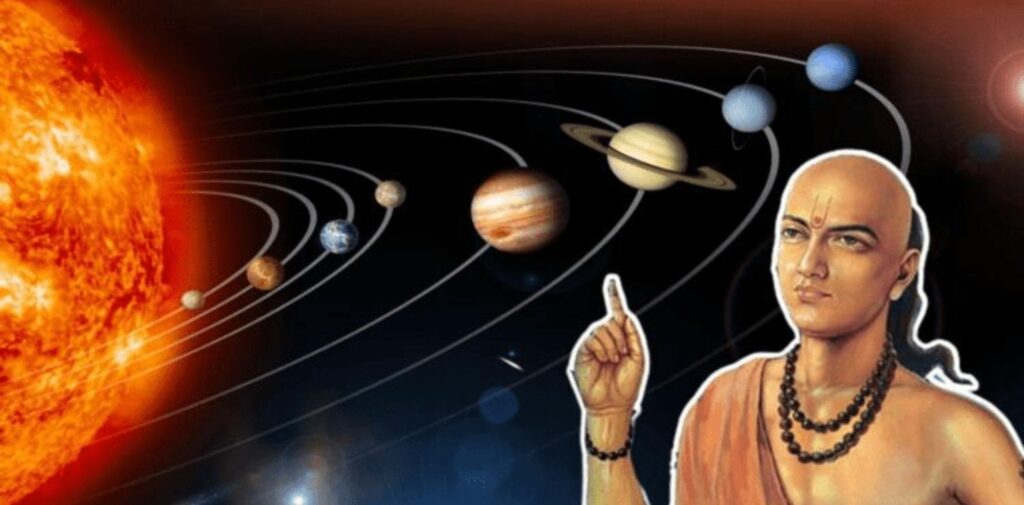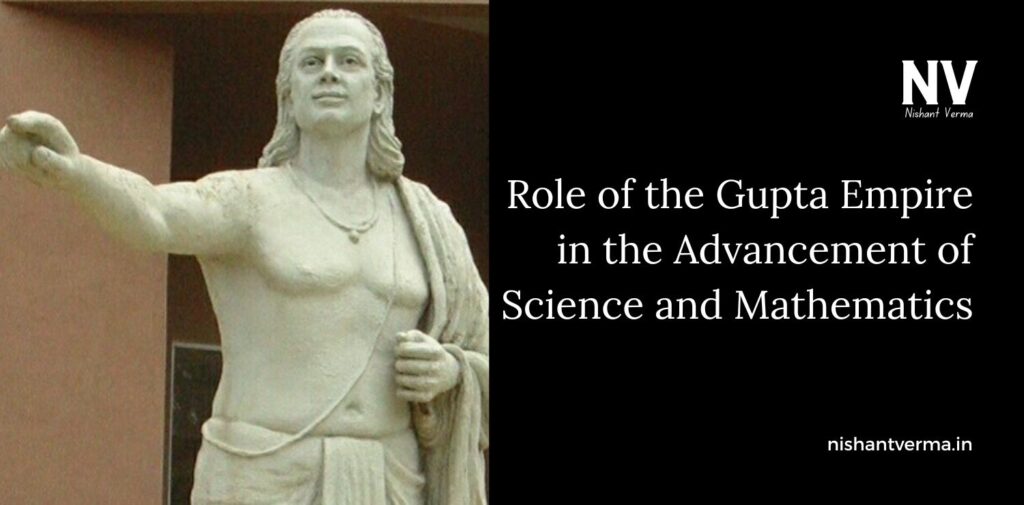The Gupta Empire, which flourished in India from approximately 320 to 550 CE, is often referred to as the “Golden Age” of India, not just for its political achievements, but for its extraordinary advancements in science, mathematics, astronomy, and other fields of knowledge. Under the rule of the Gupta emperors, India saw a cultural renaissance, with the empire becoming a center of intellectual activity. It was during this time that Indian scholars made groundbreaking contributions to science and mathematics that would have a profound impact not only on the subcontinent but also on the world.
The Gupta period was marked by relative peace, prosperity, and stability, creating an environment where scholars could focus on the pursuit of knowledge. The empire’s rulers were great patrons of learning and culture, which helped foster intellectual activity. This environment led to significant progress in various fields, particularly in the sciences and mathematics. The Gupta Empire’s contributions in these areas are still remembered and respected today.
Contributions to Mathematics
One of the most remarkable achievements of the Gupta Empire was in the field of mathematics, where Indian mathematicians laid the foundation for some of the most important concepts still in use today. The Gupta period is particularly notable for the development of the decimal system, zero, and negative numbers, all of which had a transformative effect on mathematics globally.

The Concept of Zero
Perhaps the most famous mathematical contribution from the Gupta Empire was the formalization and widespread use of the concept of zero. Prior to this period, ancient civilizations had various ways of representing numbers, but the idea of zero as both a symbol and a placeholder in positional numeral systems had not yet fully developed. Indian mathematicians, particularly in the Gupta period, made this a critical part of the numerical system. The Bakhshali Manuscript, a mathematical text from the Gupta period, is one of the earliest known records to mention zero as a numeral. It allowed for more complex calculations, making arithmetic and algebra more efficient and manageable.
Decimal System
Along with zero, the Gupta period saw the development of the decimal system, which is based on powers of ten. This system revolutionized the way calculations were performed and made it easier to represent large numbers and perform mathematical operations. The decimal system, along with the concept of zero, eventually spread to the Islamic world and then to Europe, where it became the basis of the modern mathematical system we use today.
Aryabhata and His Contributions
One of the greatest mathematicians and astronomers of the Gupta Empire was Aryabhata. Born in 476 CE, Aryabhata’s contributions to mathematics and astronomy were groundbreaking. In his work Aryabhatiya, Aryabhata outlined the concepts of place value, trigonometry, and sine tables, which became fundamental tools for both mathematics and astronomy. His work in mathematics included the approximation of pi (π) as 3.1416, which was astonishingly accurate for the time. He also contributed to the concept of algebra, developing methods for solving quadratic equations.
Aryabhata’s most significant mathematical contribution was his work in the field of trigonometry. He introduced the concept of sine and made advances in understanding the relationships between angles and sides in right triangles. His trigonometric tables were used by later mathematicians and astronomers and became a foundation for much of the work done in the Islamic Golden Age and in later European science.
Other Mathematical Achievements
The Gupta period also saw the development of early algebra and geometry. Indian scholars during this time made advances in the calculation of areas, volumes, and the understanding of Pythagoras’ Theorem, though it was known in India long before Pythagoras. Indian mathematicians also worked on the quadratic equation and were developing methods for solving complex algebraic problems.
Advances in Astronomy
Along with mathematics, the Gupta period was a time of remarkable progress in the field of astronomy. Indian astronomers, building on the work of earlier scholars, made important advances in understanding the motion of celestial bodies, the measurement of time, and the nature of the universe.

Aryabhata and Astronomy
Aryabhata was not just a mathematician, but also a leading astronomer. In his work, he accurately described the rotation of the Earth on its axis, which was a revolutionary idea at the time. He proposed that the Earth’s rotation was responsible for the apparent motion of the stars and the rising and setting of the sun. This idea, which was centuries ahead of its time, challenged the earlier belief that the Earth was stationary and that the heavens moved around it.
Aryabhata also provided a remarkable estimate of the value of pi (π) and the length of the solar year. His estimate of the solar year as 365.358 days was very close to the modern value of 365.2422 days. This work demonstrated an advanced understanding of the cosmos and showed that ancient Indian astronomers were making significant strides in celestial observation and calculation.
Sidereal Time and the Heliocentric Model
Another important advancement in Gupta astronomy was the understanding of sidereal time (the time taken for the Earth to complete one rotation relative to the stars) and the development of more accurate calendars. Indian astronomers were also among the first to propose a heliocentric model of the solar system, where planets, including Earth, revolve around the Sun, long before it was popularized in Europe.
Medicine and the Gupta Empire
The Gupta Empire was also a period of progress in medicine and surgery. Scholars like Sushruta and Charaka, who were contemporaries of the Gupta Empire, made significant contributions to the development of medical knowledge. The Sushruta Samhita, attributed to Sushruta, is one of the oldest known texts on surgery and medical procedures. It describes surgical techniques such as plastic surgery and cataract surgery, which were practiced in ancient India long before they were known in other parts of the world.
Charaka’s work, the Charaka Samhita, is a foundational text in Ayurveda, the ancient system of medicine. This text describes methods for diagnosis, treatment, and prevention of diseases. It emphasized a holistic approach to health, focusing on the balance between body, mind, and spirit, and its principles are still followed in modern Ayurvedic practices.

Gupta Empire’s Influence on Later Civilizations
The scientific and mathematical achievements of the Gupta Empire were not confined to India. The Indian numeral system, including the concept of zero and the decimal system, spread to the Islamic world, where it profoundly influenced the development of mathematics and astronomy. Scholars in the Islamic Golden Age translated Indian texts, preserving them and further expanding on them. The Indian contributions to astronomy were also passed down to the Islamic world, where figures like Al-Battani and Al-Khwarizmi built upon Aryabhata’s ideas and used them to make their own advancements.
The ideas that emerged from the Gupta period also reached Europe much later, where they helped lay the foundation for the Renaissance and the Scientific Revolution. The Indian contributions to mathematics, particularly the concept of zero and the decimal system, would eventually become integral to the mathematical framework of the Western world.
Conclusion
The Gupta Empire played a crucial role in the advancement of science and mathematics, with Indian scholars making revolutionary discoveries that continue to influence modern science and mathematics today. The formalization of zero and the decimal system, the groundbreaking work of Aryabhata in astronomy and mathematics, and the advancements in medicine all highlight the intellectual achievements of this period. The Gupta Empire’s legacy lives on in the way we understand and interact with the world, from the mathematics we use daily to the ways we study the universe.
The “Golden Age” of the Gupta Empire not only represents a high point in Indian civilization but also marks a significant moment in the history of human knowledge. The scientific and mathematical advancements made during this time laid the groundwork for later developments in both the East and the West, making the Gupta period one of the most important epochs in the history of science and mathematics.




